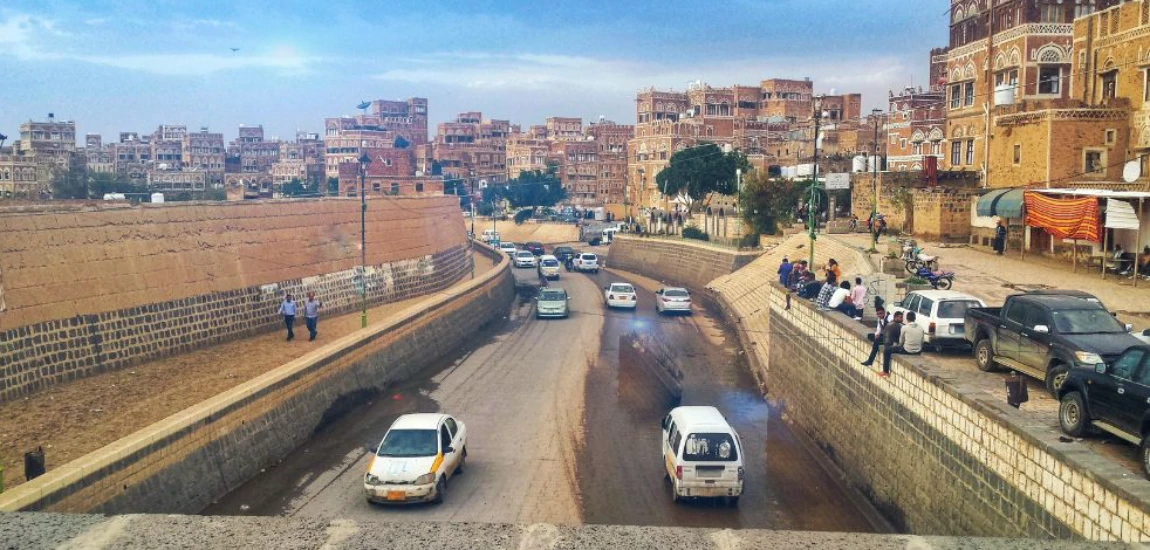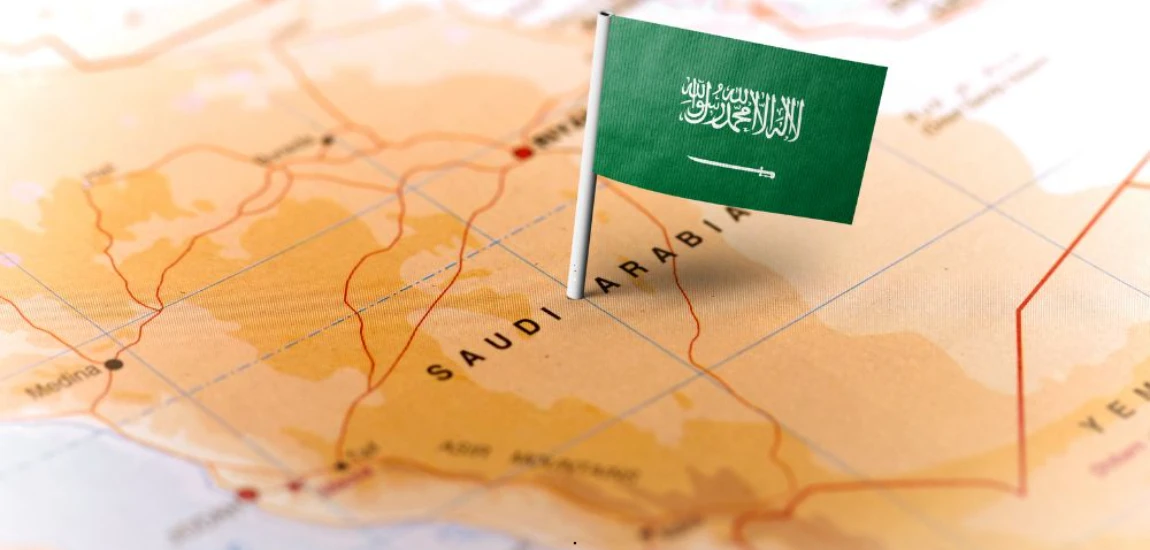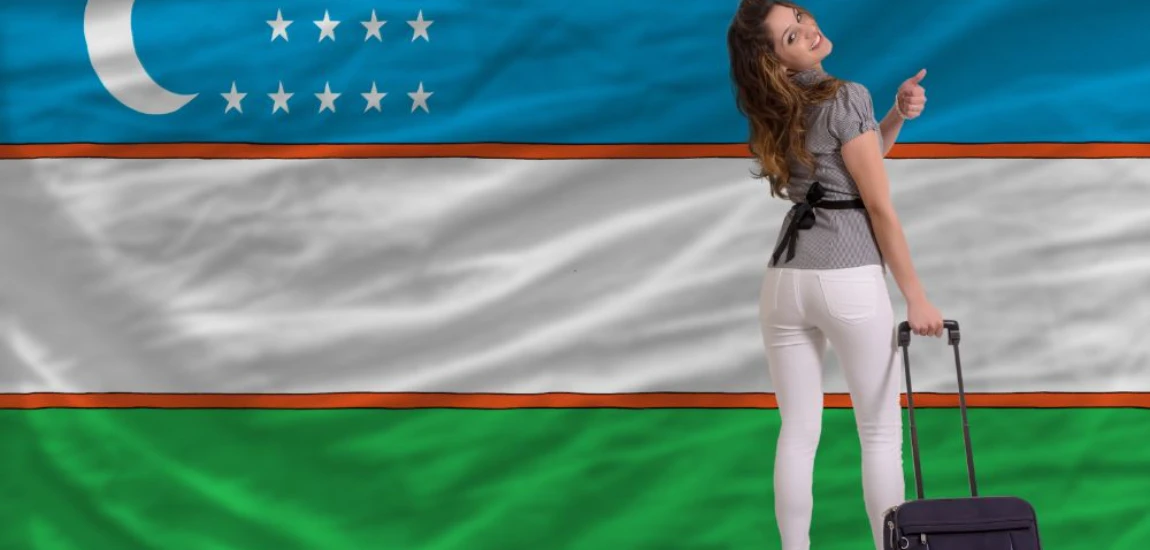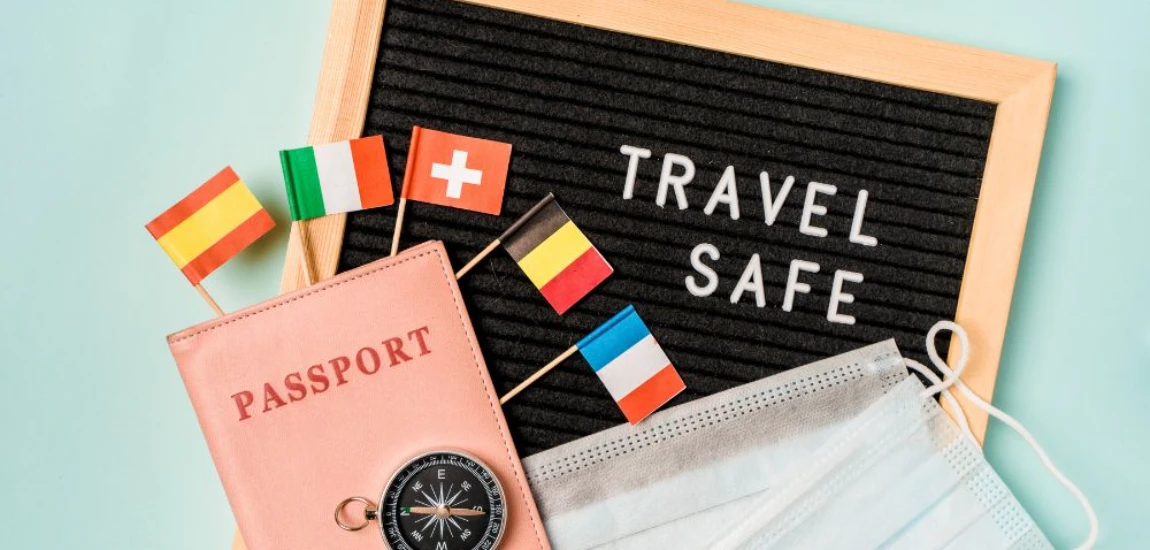Wonders of Iran: A Traveler’s Guide to Persian History and Hospitality

Iran, formerly known as Persia, is a land of timeless beauty, rich heritage, and unmatched hospitality. Nestled between the Caspian Sea and the Persian Gulf, this Middle Eastern gem offers a rare blend of ancient civilization, mesmerizing architecture, and welcoming locals. Whether you’re wandering through vibrant bazaars, admiring the intricate tilework of mosques, or sipping tea with strangers who quickly become friends, traveling in Iran is nothing short of transformative.
In this ultimate guide, we’ll take you on a journey through Iran’s top historical destinations, cultural practices, local traditions, and practical travel tips to make your experience seamless and unforgettable.
1. A Glimpse Into Persian History

The Cradle of Civilization
Iran boasts one of the world’s oldest civilizations, dating back over 7,000 years. It was the heart of the mighty Persian Empire, which once stretched from the Indus Valley to Greece. Today, travelers can witness the remains of this glorious past in UNESCO World Heritage Sites scattered across the country.
Must-Visit Historical Sites in Iran
- Persepolis (Takht-e Jamshid): Located near Shiraz, Persepolis was the ceremonial capital of the Achaemenid Empire. Walk among the towering columns, majestic staircases, and stone reliefs depicting ancient Persian kings and dignitaries.
- Naqsh-e Jahan Square (Isfahan): One of the largest city squares in the world and a UNESCO site, it’s surrounded by architectural marvels like Shah Mosque, Ali Qapu Palace, and Sheikh Lotfollah Mosque.
- Golestan Palace (Tehran): A masterpiece of the Qajar era, this palace complex reflects a fusion of Persian and Western architectural styles and hosts a wealth of artistic treasures.
Learn more about historical sites of Iran.
The Warmth of Iranian Hospitality

“A Guest is a Gift from God” – Iranian Proverb
Iranians are known for their hospitality. From bustling cities to remote villages, you’ll be greeted with genuine smiles and heartfelt offers to share meals, stories, and even homes. It’s common for locals to invite travelers for tea or even to stay overnight this deep-rooted cultural value is known as ta’arof, a polite dance of offering and declining that’s uniquely Persian.
Experiencing Local Culture
- Tea Houses (Chaikhaneh): These cozy spots are perfect for unwinding, chatting with locals, and enjoying traditional Persian tea with sugar cubes or sweets.
- Home-Stays: Staying with local families in smaller towns like Yazd or Kerman allows for a deeper cultural connection and authentic experiences.
3. Top Cities to Explore in Iran



Tehran: The Vibrant Capital
Iran’s capital is a bustling metropolis blending tradition with modernity. While it’s often overlooked, Tehran offers impressive museums like the National Museum of Iran and the Treasury of National Jewels.
Isfahan: The Crown Jewel of Persian Architecture
With its breathtaking mosques, bridges like Si-o-se-pol, and traditional Persian gardens, Isfahan is rightly dubbed “Half the World.” Don’t miss the handcraft bazaars and the peaceful Jolfa district, home to Armenian churches.
Shiraz: The City of Poets and Gardens
Known for poets like Hafez and Saadi, Shiraz is a haven of art, literature, and roses. Visit Eram Garden, Nasir al-Mulk Mosque (the Pink Mosque), and nearby Persepolis for a magical experience.
Yazd: The Desert Gem
A UNESCO-listed desert city, Yazd enchants with its mud-brick architecture, badgirs (wind towers), and Zoroastrian heritage. The Tower of Silence and Fire Temple offer insight into pre-Islamic religion and rituals.
4. Persian Cuisine: A Culinary Adventure

Iranian food is a celebration of flavors, spices, and textures. While kebabs are ubiquitous, the culinary landscape offers much more.
Dishes to Try:
- Fesenjan: A rich stew made with pomegranate, walnut, and chicken or duck.
- Ghormeh Sabzi: A green herb stew with kidney beans and lamb.
- Tahdig: Crispy rice at the bottom of the pot often considered the best part of any Iranian meal.
- Ash Reshteh: A hearty noodle and bean soup perfect for cold weather.
Pair your meals with doogh (a salty yogurt drink) or traditional saffron-infused desserts like zoolbia bamieh.
5. Practical Travel Tips for Iran
Visa Requirements
Many nationalities require a visa, but Iran has eased regulations through e-visa services. Ensure your passport has at least six months’ validity.
Dress Code
Iran follows Islamic dress codes. Women should wear a headscarf, loose-fitting clothes, and long sleeves. Men should avoid shorts in public.
Currency & Payments
Iran uses the rial, but prices are often quoted in toman (1 toman = 10 rials). International cards don’t work due to sanctions, so bring enough cash or use MahCard, a travel debit card for Iran.
Connectivity
Buy a local SIM card from Irancell or Hamrah Aval for affordable internet and calls. Many hotels and cafes also offer free Wi-Fi.
6. Responsible and Respectful Travel in Iran

- Photography: Always ask permission, especially in rural areas or religious sites.
- Friday is a Holy Day: Expect closures of businesses and some attractions.
- No Alcohol: Alcohol is banned, and bringing it into the country is illegal.
Support local artisans by purchasing handmade carpets, pottery, or miniature paintings in bazaars like Vakil Bazaar in Shiraz.
7. Off-the-Beaten-Path Experiences

Qeshm Island
Located in the Persian Gulf, Qeshm Island is famous for its geological wonders, traditional fishing villages, and Hengam Island’s dolphins.
Kandovan
A living troglodyte village, Kandovan near Tabriz features homes carved into volcanic rock formations.
Kerman & Lut Desert
Explore the Lut Desert (Dasht-e Lut) the hottest place on Earth on a guided tour from Kerman. Witness surreal sand dunes and starry skies.
8. Festivals & Cultural Events

- Nowruz (Persian New Year): Celebrated on the spring equinox (around March 21st), this vibrant holiday marks renewal and joy.
- Ashura: A solemn religious occasion with processions, best observed with sensitivity.
- Fajr International Film Festival: Held in Tehran every February, showcasing Iranian and international cinema.
Conclusion
Iran is not just a destination it’s an emotional journey into the heart of one of the world’s oldest civilizations. From grand palaces and desert landscapes to the unmatched warmth of its people, traveling in Iran is an enriching experience that stays with you long after you return home.
So pack your curiosity, an open heart, and a sense of adventure. The wonders of Iran await.









